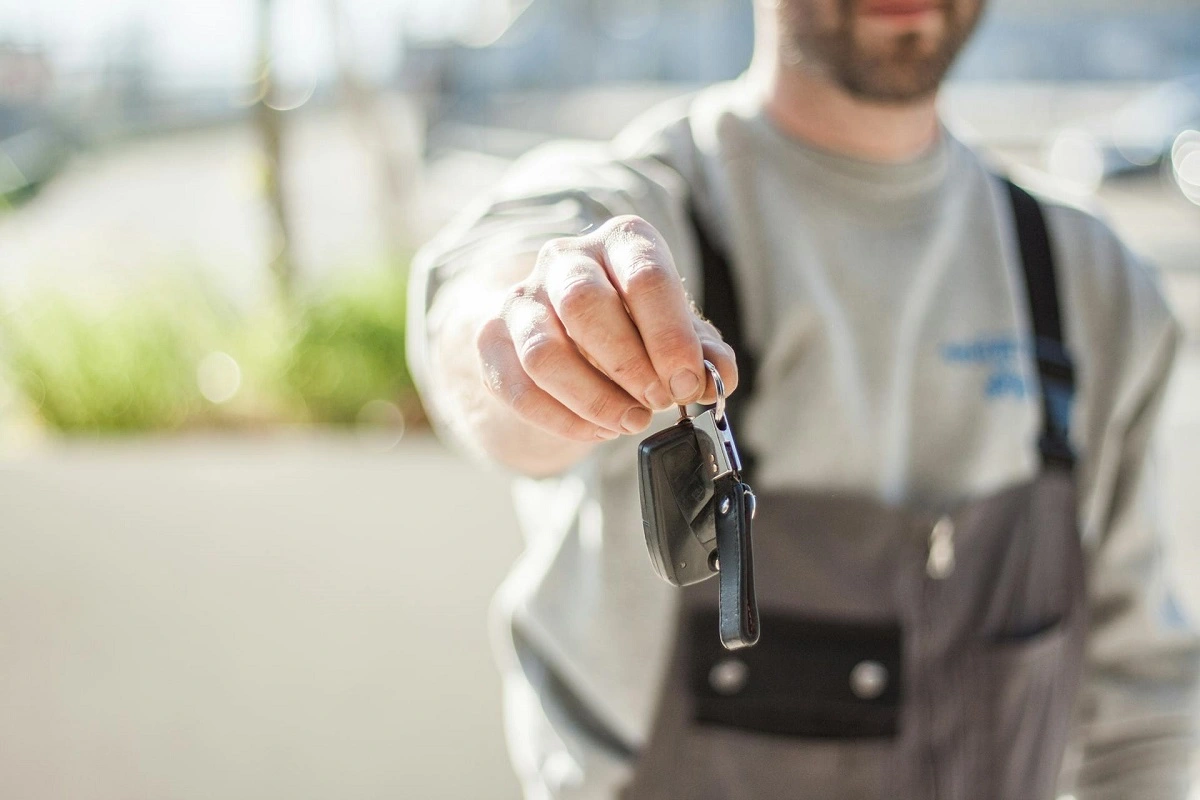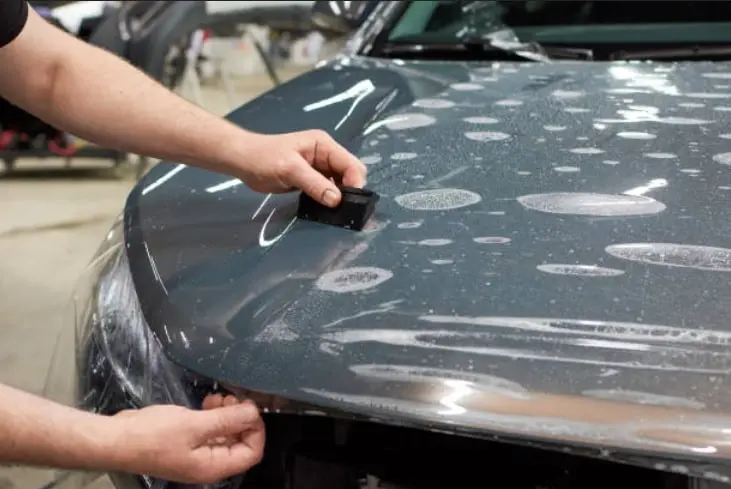The tyres on your car are an important part of how it performs. Tyres have been around since the 19th century. A normal car tyre is round, and most cars have them, but high-performance car tyres can be oval or semi-oval, making them more aerodynamic to help with acceleration and cornering. Tyres always blow out (especially when you hit potholes), so you need to replace them when they do. You might have noticed this happening when your steering wheel starts shaking. The larger the circumference of a tyre, the faster it can accelerate because there’s more surface area pushing against the road; however, this means less braking power as there’s less surface area touching the ground at any given moment (which means skidding).
What are tyres made from?
Tyres are made from a hard material called rubber. Rubber is a natural material that comes from the rubber tree’s latex. It can be found in many products, including tyres and gloves. However, the rubber used in tyres is synthetic; it’s made by processing natural latex to produce a substance that absorbs shock better than standard rubber.
You should know the type of car tyre you need to buy.
Tyres are essential. When worn or damaged, they can cause all sorts of issues that could be dangerous or even fatal.
If you hear a noise when turning corners or braking, it could mean that one or more of your tyres has worn down past 50 per cent of its tread depth. It’s also not uncommon for drivers to notice skipping on the road surface and steering wheel jerks when turning sharply at low speeds (particularly in wet weather). These are also warning signs that it’s time for new tyres.
Replace car tyres before they wear out
You need to replace car tyres before they get too worn out (they should be replaced when 50% – 70% worn), or they’ll start to squeal. To check if your tyres are ready for replacement, you can use the following steps:
- Check tyre tread depth by using a penny test. Insert a penny into the grooves of your tyre and see how far the visibility is. If there is good visibility, there is enough tread left on your tyres. If there is not enough visibility, you need new ones immediately!
- Check tyre pressure by checking both sides of the car separately with a pressure gauge and then adding air accordingly until both sides are equal in pressure. This will ensure that any vibrations aren’t caused by uneven tyre wear. It’ll also help improve fuel efficiency and reduce emissions from uneven loads on each wheel.
- Check tyre wear by measuring the diametre from one side edge (not halfway down) to another in millimetres. When they’re 10% worn down already (i.e., less than 1050mm), replace them. Also, check for cracks around the edges or other signs of damage, such as bulges underneath walls, because these could cause blowouts during high speeds. This could lead to crashes due to poor safety standards set forth by manufacturers not meeting regulations set forth by local governments worldwide.
Choosing the right tyre is important
Tyres connect your car to the road. This means that not only are they an important safety feature of your car, but they also play a huge role in determining how well you can manoeuvre the road.
Conclusion
Tyres are an important part of your car, so make sure you have the correct ones. You don’t need to spend much on tyres for your daily driving. But if you drive on uneven roads or want to go fast, it’s worth spending more on performance tyres.




